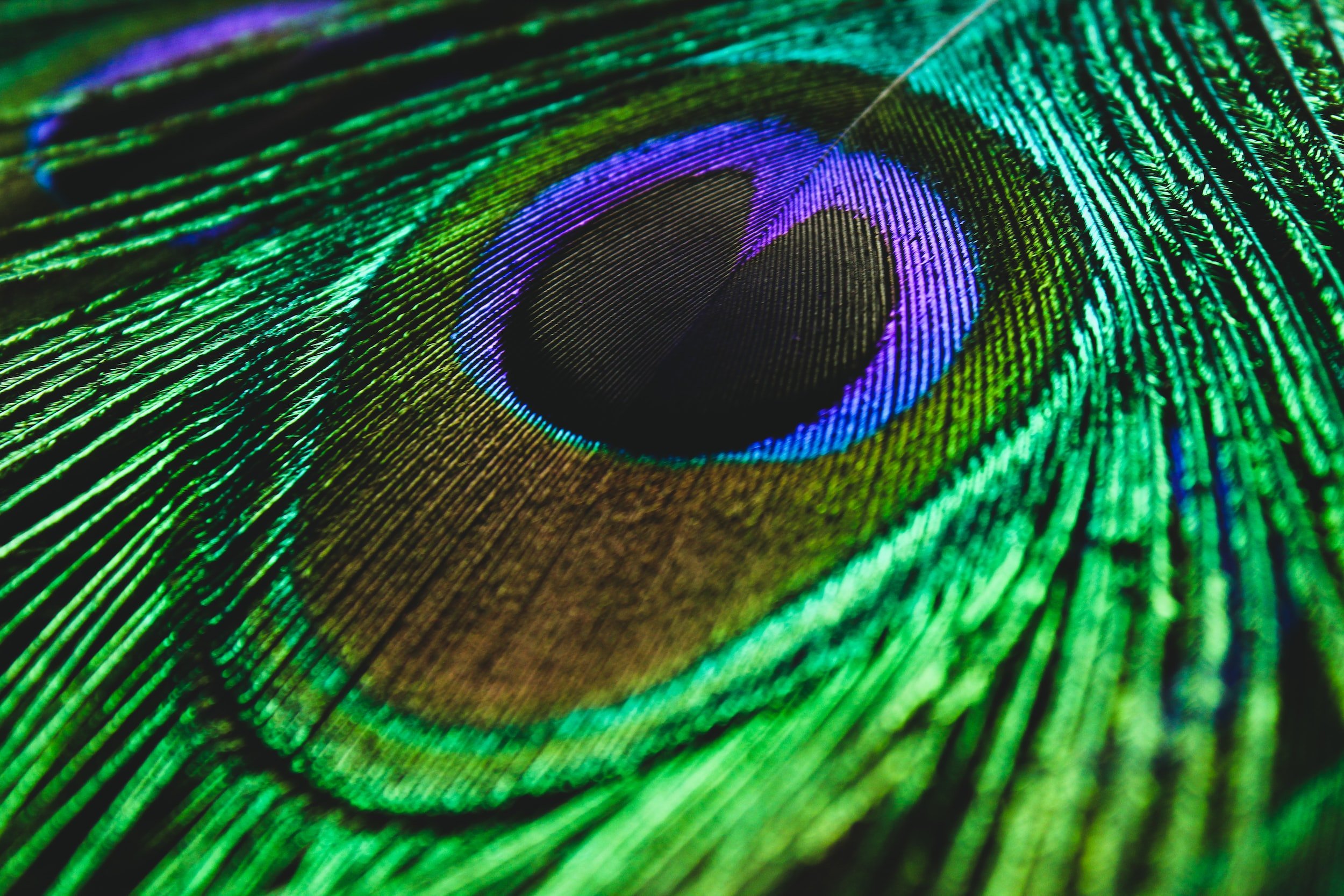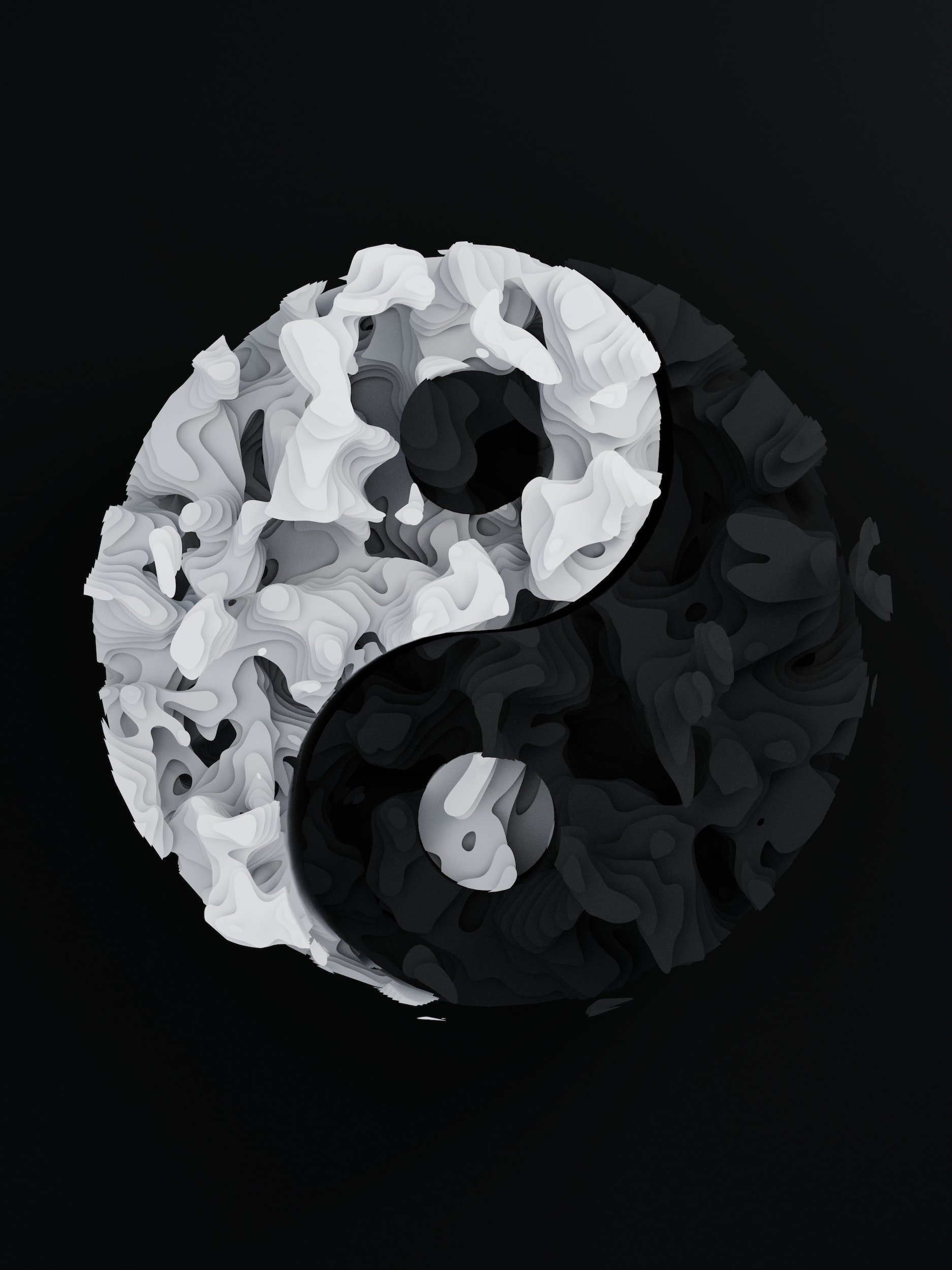by Setareh Moafi, Ph.D., L.Ac. & Salvador Cefalu, M.S., L.Ac.
Have you noticed how your immune system seems to crash after a period of high stress or grief?
It’s very common to develop a cold, a cough or even pneumonia after a period of sadness such as the loss of a loved one, a breakup or divorce. In fact, we make sure to tell our patients as they're going through these periods to be mindful of this potential and support their immune systems as much as possible.
But sometimes, especially when you’re dealing with grief from the loss of someone dear to you, it can feel like your body just can’t take any more. To make sure you actually slow down, the body gets sick as though it’s forcing you to rest.
In Chinese Medicine, sadness and grief and their impact on immunity is related to the Metal element and the energy of the Lungs.
Grief and longterm sadness or depression weaken the Lung energy and stagnate the fluid circulation controlled by the Lungs. Over time, as Lung Qi and fluids stagnate, phlegm, cysts and tumors on the Lungs and related glands such as the breasts and thyroid can develop.
The Lungs, Large Intestine and skin—the organs that connect us with the environment—comprise the Metal organ systems. Each of these organs allow us to interface in different ways with the world around us. The skin provides interaction with the exterior via sweating and touch, the Lungs through our breath and the Large Intestine through the release of waste to be recycled back into the earth.
On an emotional level, the Metal element represents the need for self-definition within the world and the need to interact with others.
Thus grieving, mourning and sadness, the emotions generated when we’re separated from someone or something significant, are Metal emotions that impact the Lung's energy.
On an intellectual level, the strength of the Lung's energy, or Qi, supports the ability to separate things or data into categories to support analytical skills and the ability to coordinate tasks to keep one's life in order.
The Lung Qi supports us to breathe in and out, and to let go. The struggle to let go of whatever is bothering us from the past is the primary reason why we often have so much trouble with the health of our Lungs during challenging or uncertain times.
When faced with a challenging situation, often our first response is to hold our breath. However, the practice of taking a deep breath supports us to let go and move forward.
When you’re not able to breathe deeply during times of stress, the Metal organs - the Lungs, Large Intestine and skin - are impacted. You may therefore develop asthma, allergies, and inflammatory flare-ups of the skin and colon such as Irritable Bowel Syndrome (IBS), as well as symptoms of poor digestion with acid reflux (GERD), bloating and gas.
When you practice self-cultivation through exercises such as Yoga, Qi Gong and Tai Chi, you learn to observe and control the breathing and regulate the flow of Qi throughout the whole body. This supports strong muscles, tendons, skin and hair, as well as all organ and glandular functions.
Breath awareness pulls you out of your mind and into your body, bringing you more in touch with the present moment where energy flows harmoniously.
Our breath teaches us to be present with what is rather than trying to make it something else; a state that creates resistance and stress.
When we're stuck in the past or caught up worrying about the future, Qi flow is impacted and dis-ease develops. When we cultivate ourselves through these practices, we become aware that with each breath, we're able to let go and find peace, regardless of our circumstances.
According to Huang di Nei Jing, one of the most pivotal classical texts of Chinese Medicine, “A person is not sick because they have a disease; they are diseased because they are sick.” In other words, our mental and physical health ensures the prevention of disease. This is why it's so important to protect our Lungs through the practice of letting go.
Try this simple exercise every night before bedtime: When you lie down to sleep, first take a few moments to take an inventory of the key events of your day. Notice what experiences you may have had that caused you to be angry, sad, nervous or numbed out in any way. As your mind reviews the day's events, breathe into each experience and mentally allow yourself to let each one go so you don't fall asleep holding onto the negative feelings.
To "let go" requires acceptance; allowing the situation to be as it is without trying to change it. From this place, we can find peace in the moment, and clarity from which to move forward. In this way, we move without confusion or resistance to change so that we can have a full sense of presence to receive the endless possibilities that life has to offer.
Setareh Moafi, Ph.D., L.Ac. is Co-Owner and Director of A Center for Natural Healing in Santa Clara, California, a health and wellness clinic that specializes in Classical Chinese Medicine and Traditional Japanese Acupuncture. Setareh offers clinical services and transformational workshops that blend the ancient practices of Classical Chinese Medicine and Yoga.
Salvador Cefalu, M.S., L.Ac. is the Founder and Co-Director of A Center for Natural Healing in Santa Clara, California, a wellness clinic that specializes in Classical Chinese Medicine & Japanese Meridian Therapy, a rare non-insertion form of Acupuncture.
More information at www.acenterfornaturalhealing.com.








